Vietnam. Part IIMap
December 31 — January 2, January The unprepared traveler will be struck by the amount of mopeds (there are even more here than in China). The ratio is the same as on the photo—moped drivers make up two-thirds of the volume of street traffic. 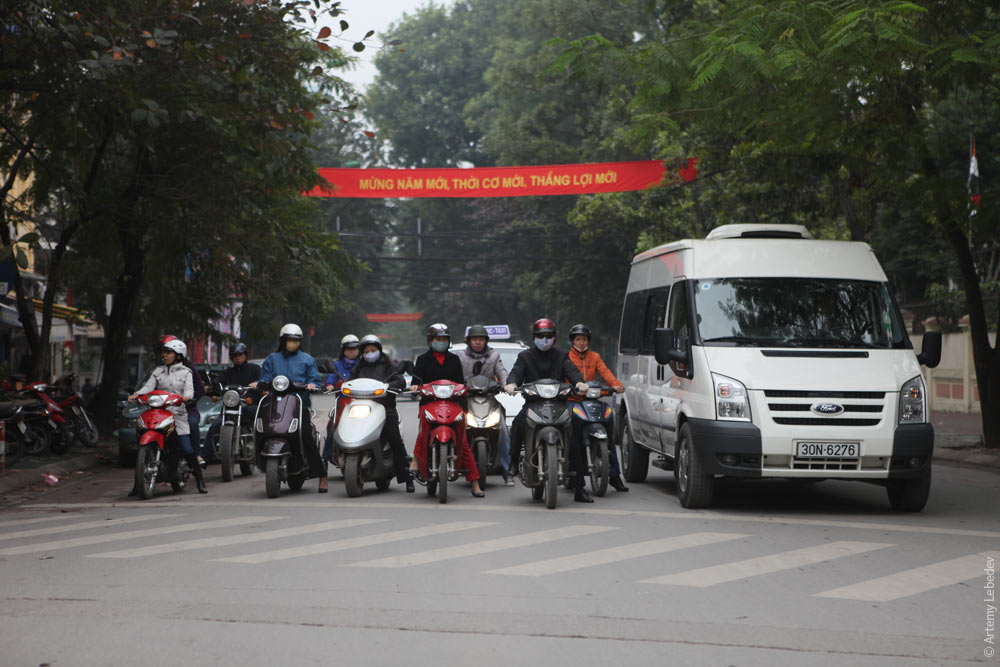 Right-of-way rule at an intersection: confidently flow around any obstacle. Traffic streams drive right into one another, but somehow I didn’t witness a single accident the entire time I was there.  Mopeds are used to transport absolutely anything and everything, regardless of dimensions. 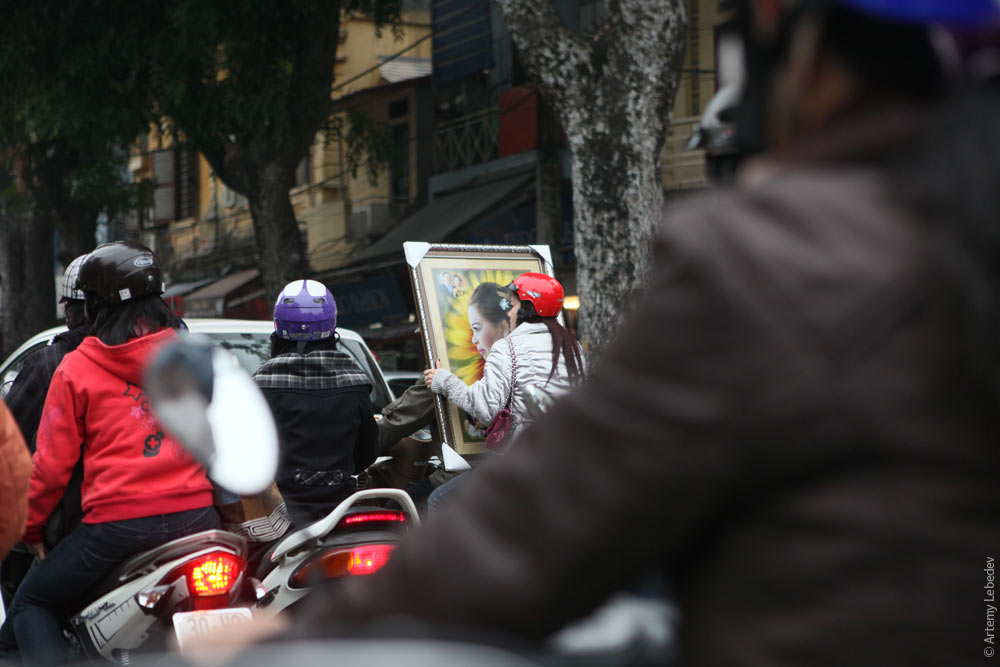 What else would you use to transport goldfish? 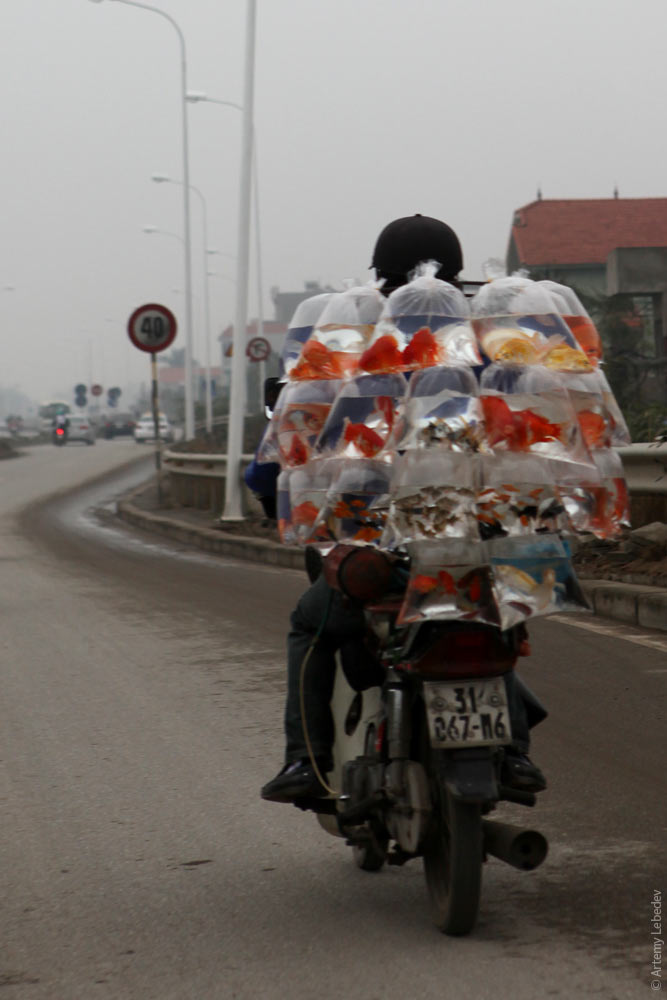 Sidewalks are equipped with metal ramps—convenient for rolling your moped up off the street. 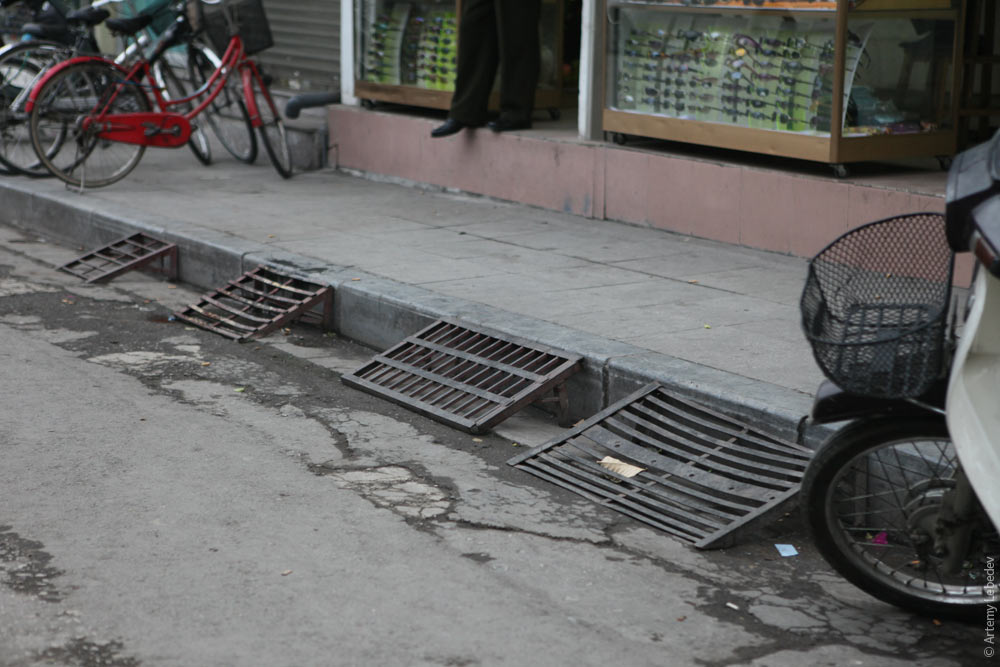 Storm drains are usually hidden under the sidewalk. They’re serviced through a hatch that opens from the top, similar to a cellar hatch in an old country house. Cambodia has a similar system. 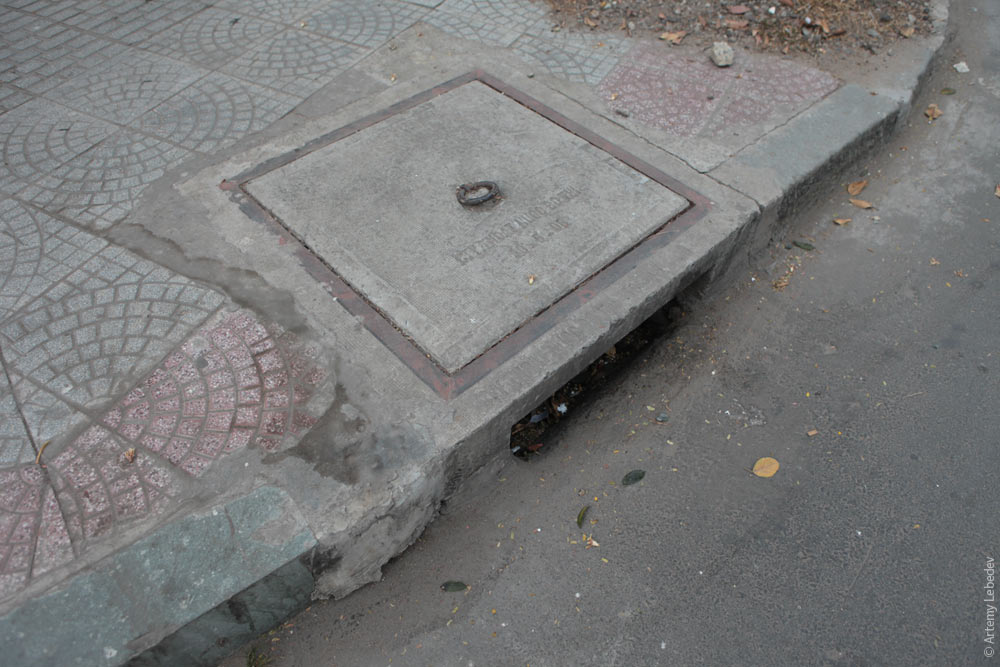 An employee of a company offering funeral design services carves a tombstone portrait next to a storm grate. 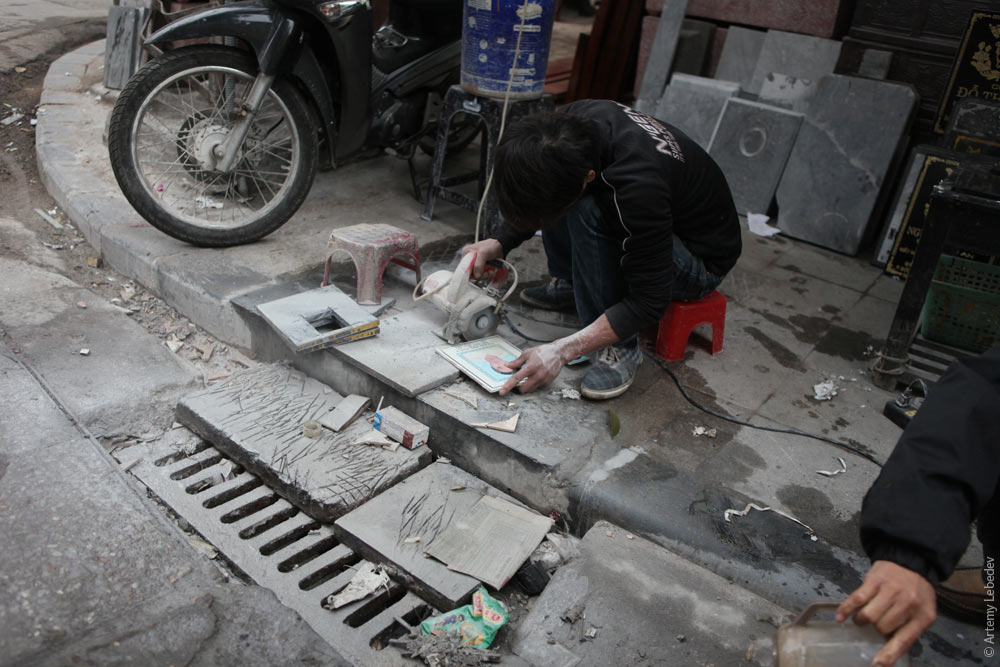 According to local custom, coffins are dug up three years after burial and the bones are re-buried in a more compact container—for example, a jar. 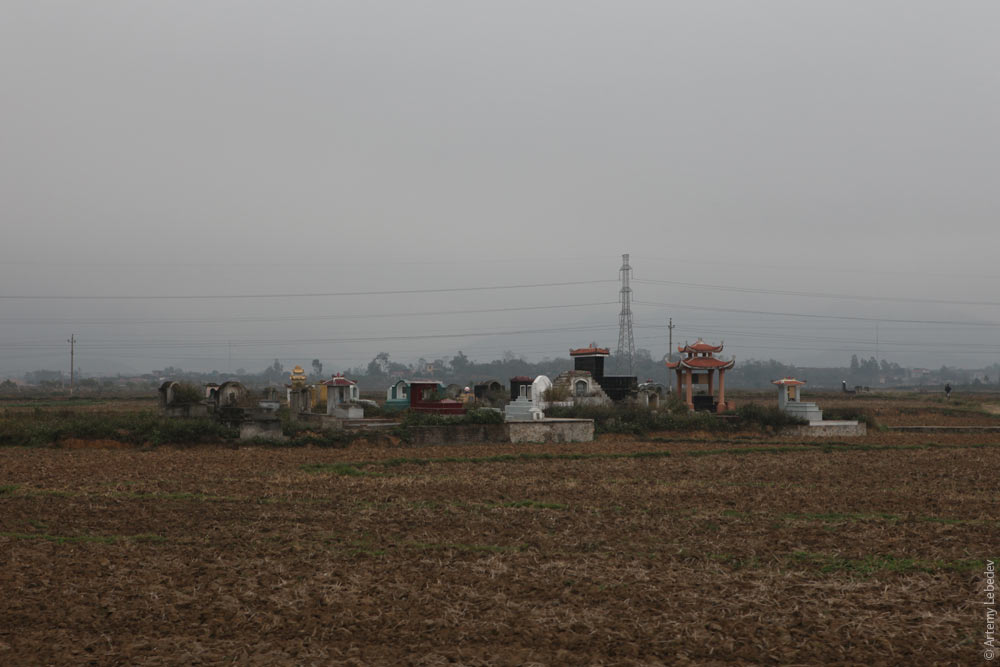 The French have left Vietnam, Laos, Cambodia and Tunisia a legacy of concrete kilometer marker posts.  Another legacy from the French: their unique cross-shaped traffic lights, which are placed on the opposite side of an intersection (you can find them all over Paris). 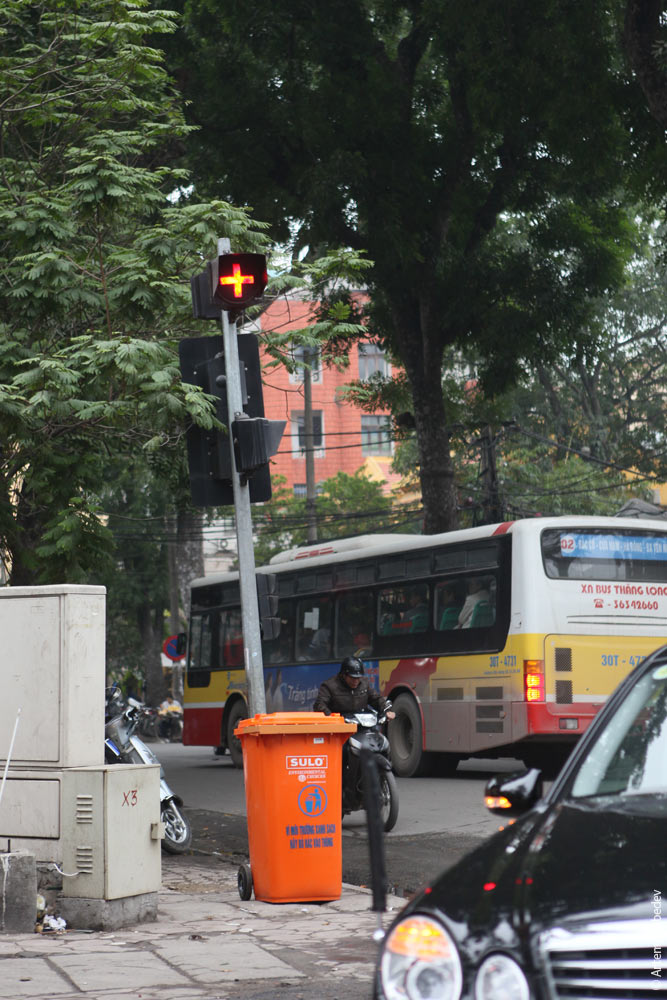 We’ve already come across some of the local traffic lights in La Rochelle. 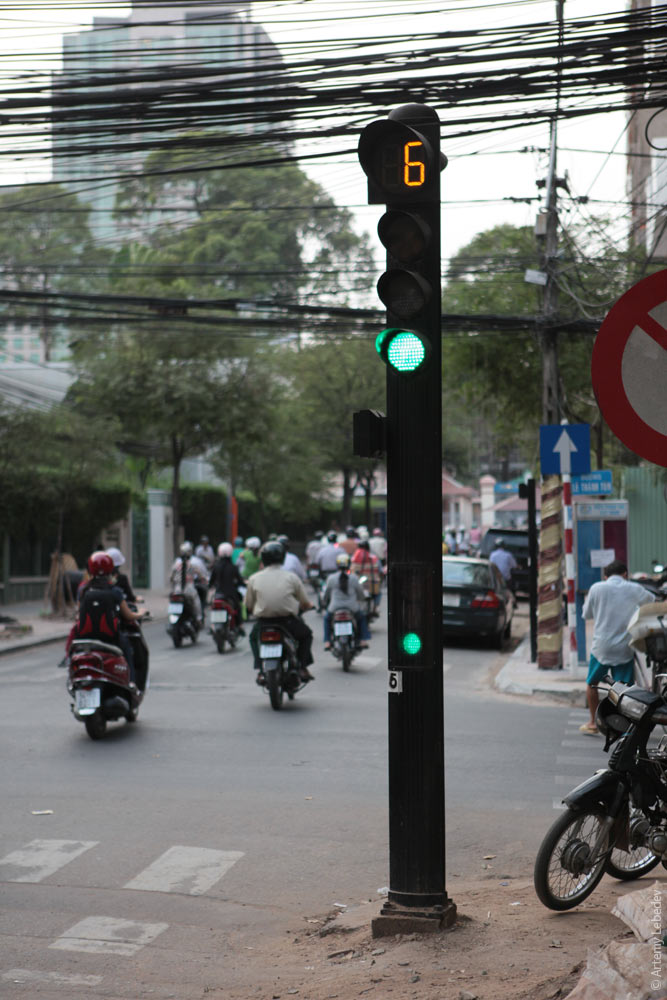 Practically all the traffic lights in the country are equipped with a countdown timer. 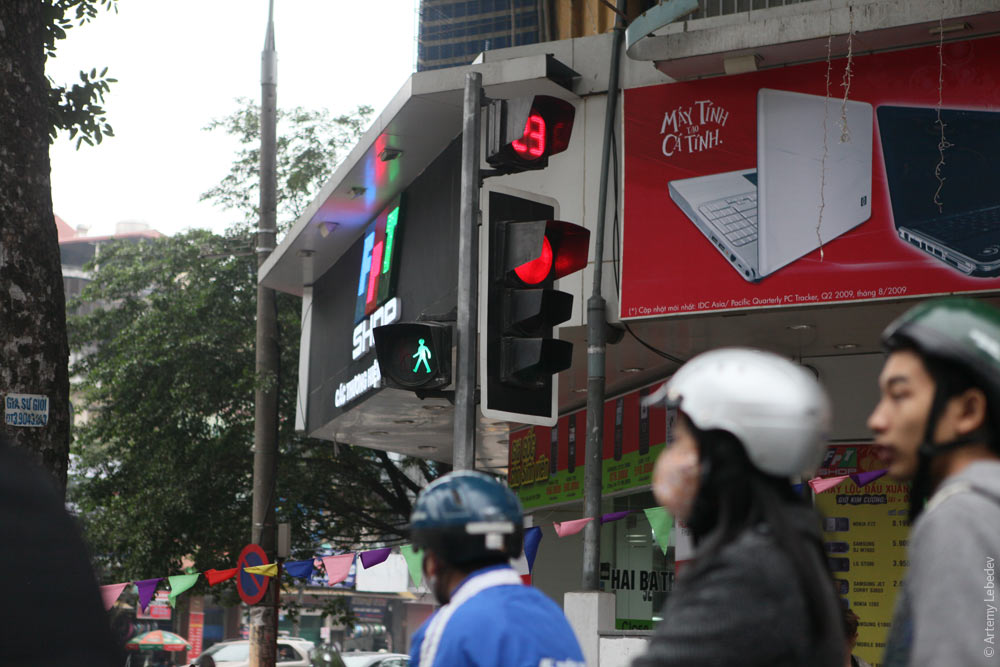 What’s really amazing is that there’s a timer for the yellow light, too. 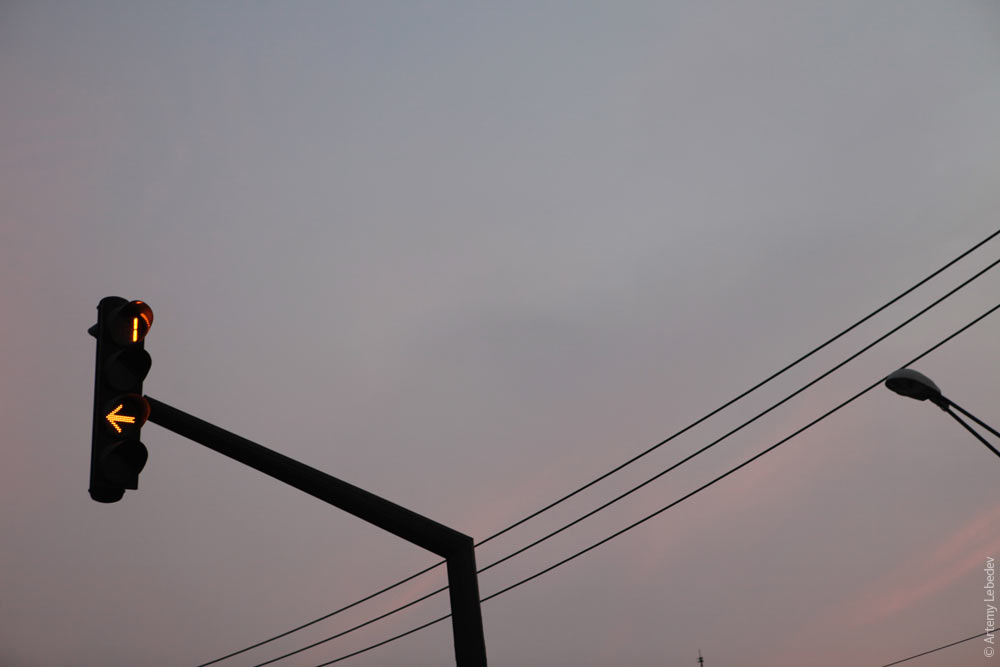 Policemen on street corners hide from the sun under special plastic umbrellas. 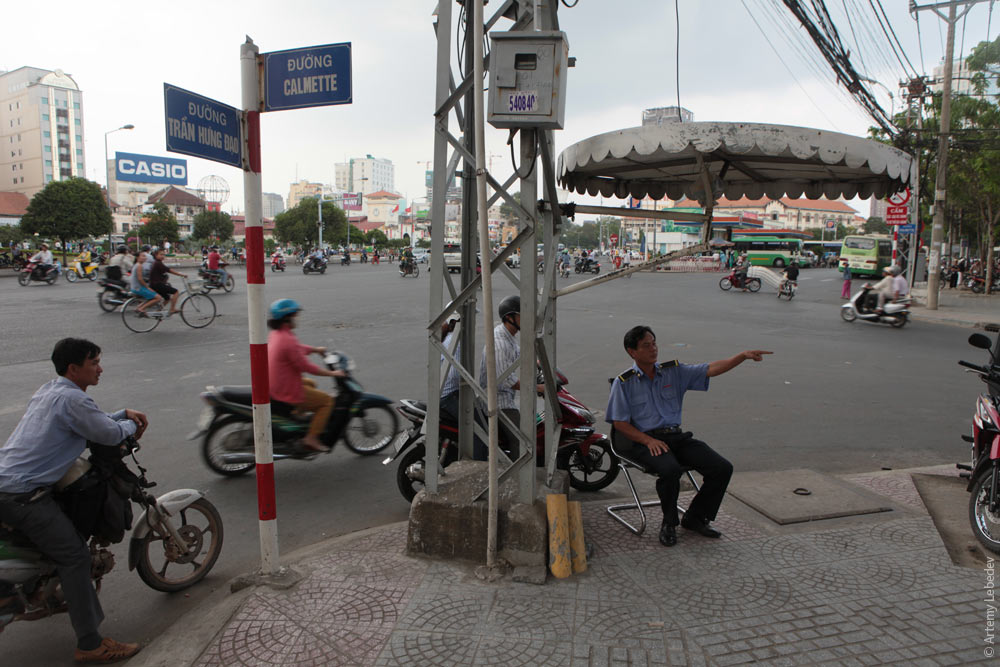 All ATMs are installed inside little kiosks with air conditioning, resulting in happy customers and ATMs that don’t overheat. 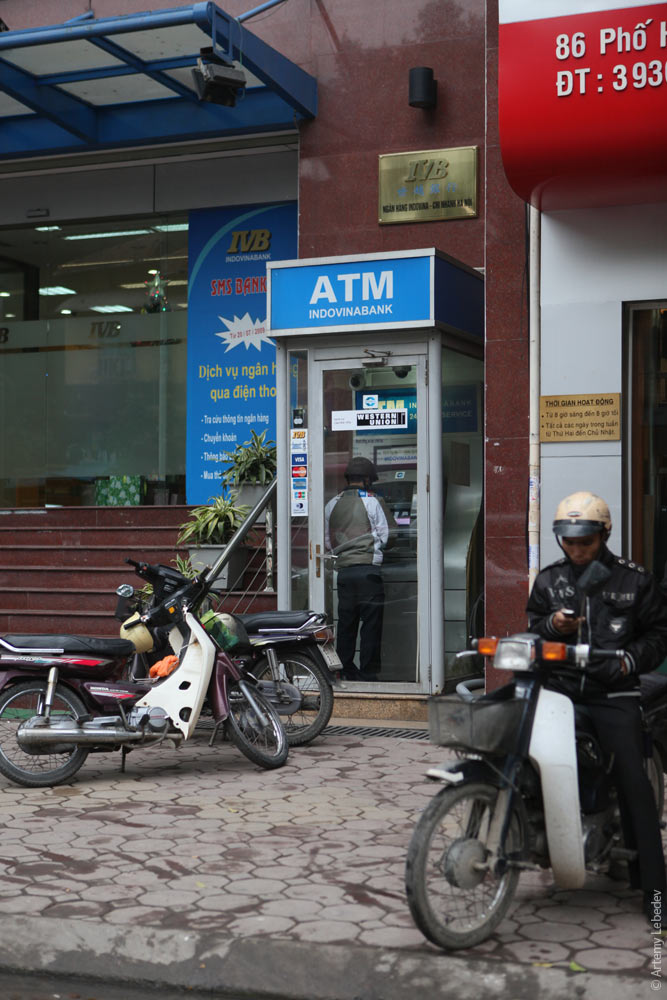 I’ve never seen so many ATMs belonging to different banks in one place (even in the Ukraine, where every other building on the street is a bank). There was another array of ATMs just like this one twenty meters away. 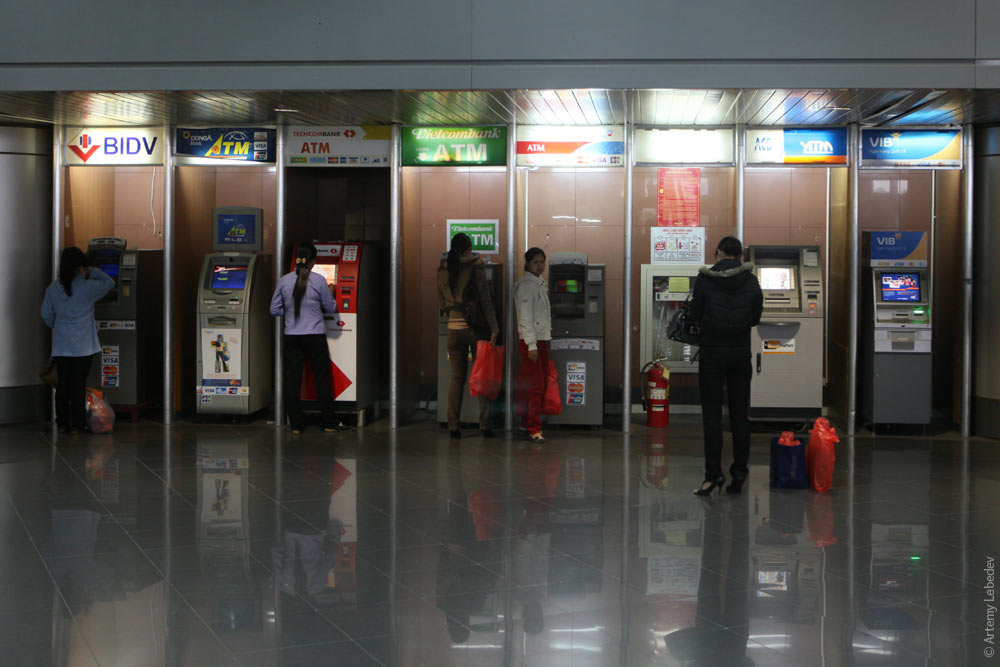 Most buildings are super-narrow. This has to do with the fact that a meter of frontage along the road is very expensive, since the first floor is always taken up by retail space. The exterior side walls are often not painted at all, to cut down on costs. 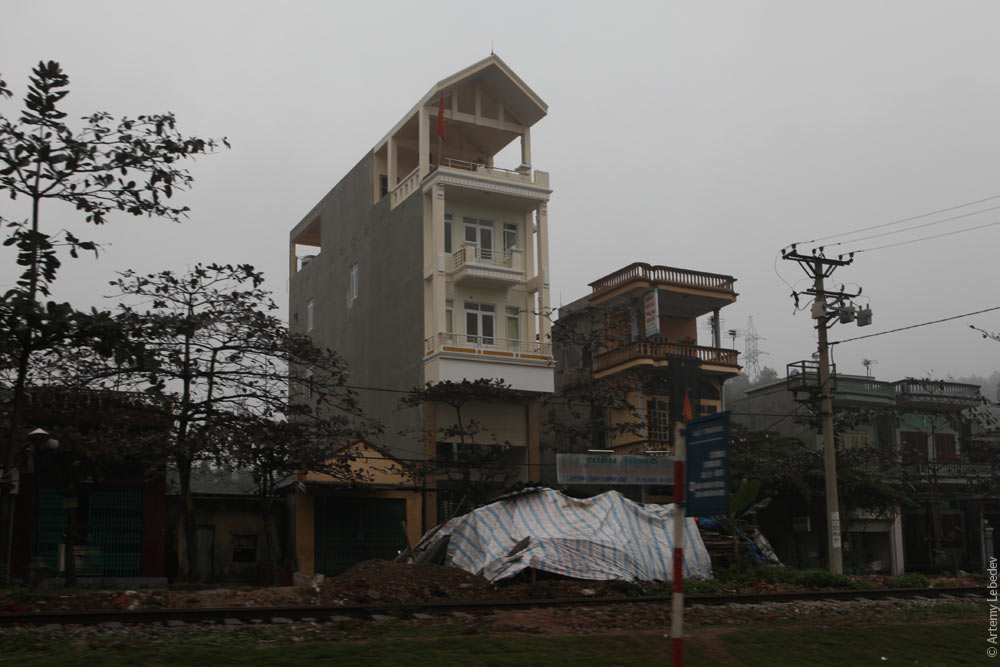 Many people don’t have even that. 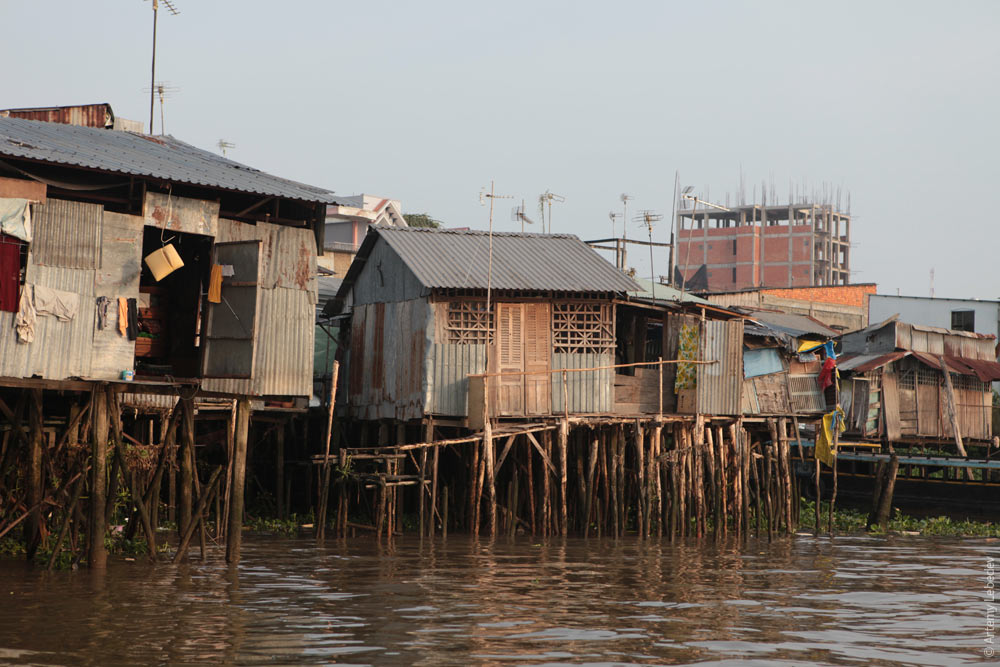 Construction zones are always enclosed in fabric with red and blue stripes. 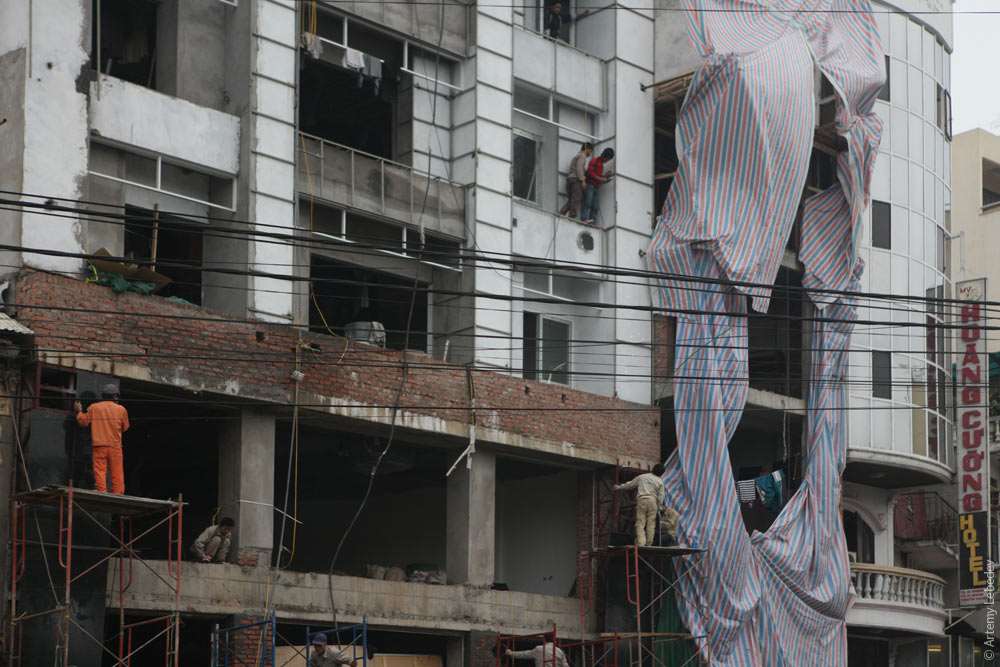 Municipal property is covered with a special anti-poster bumpy rubber skin, like in South Korea. 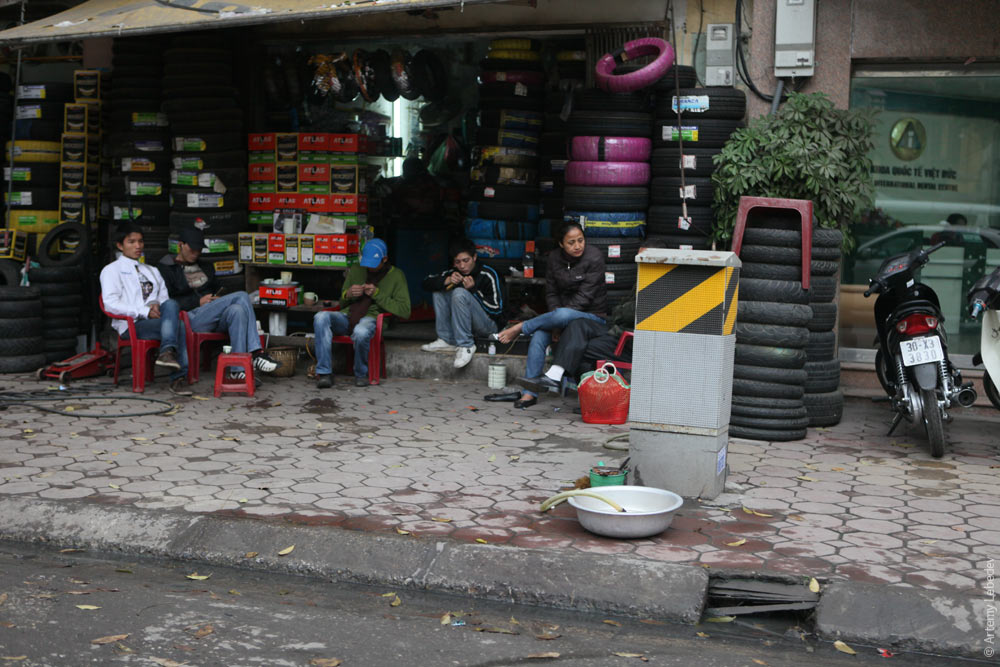 But advertisers often don’t have the money to print posters. So they stencil their advertisements onto the wall instead. The entire country is painted over with ads for plumbers and reinforced concrete demolition specialists. 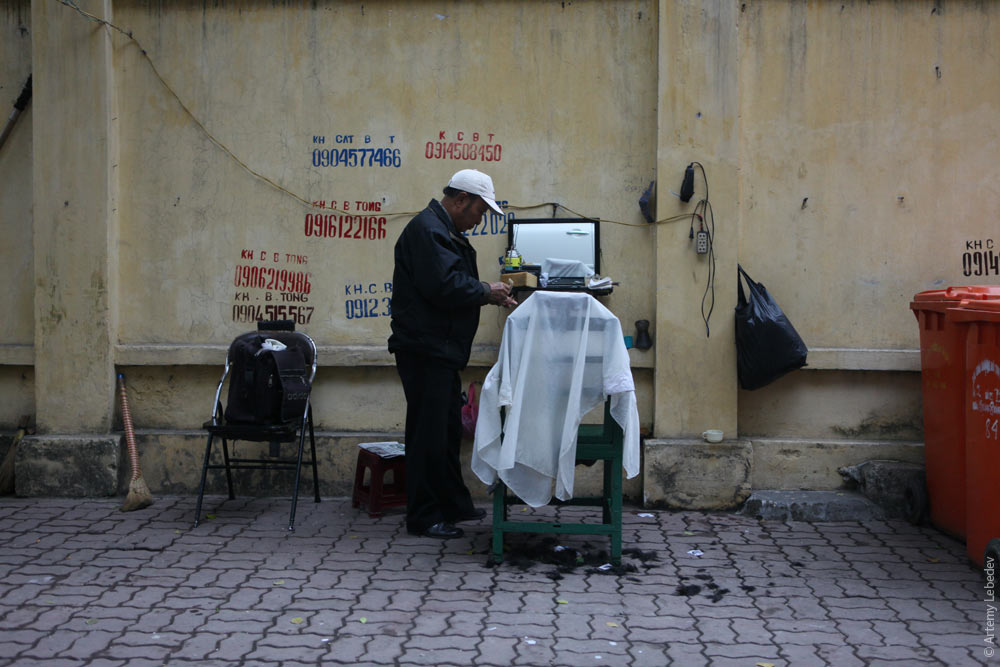 The Vietnamese love to eat right on the street, sitting on special ultra-low plastic stools. 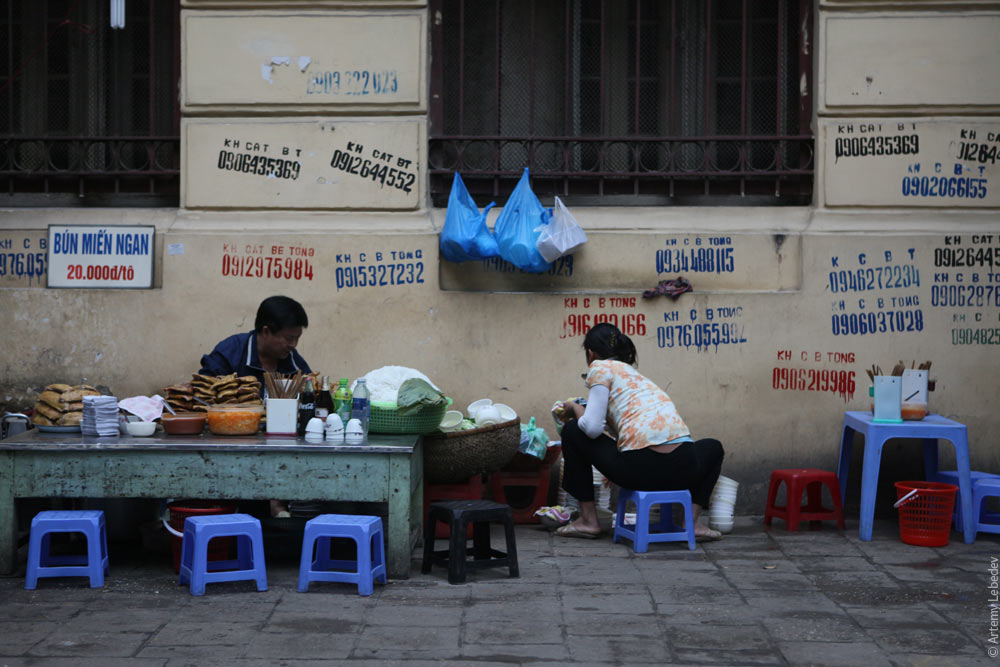 Practically all food is sold and prepared here, too. 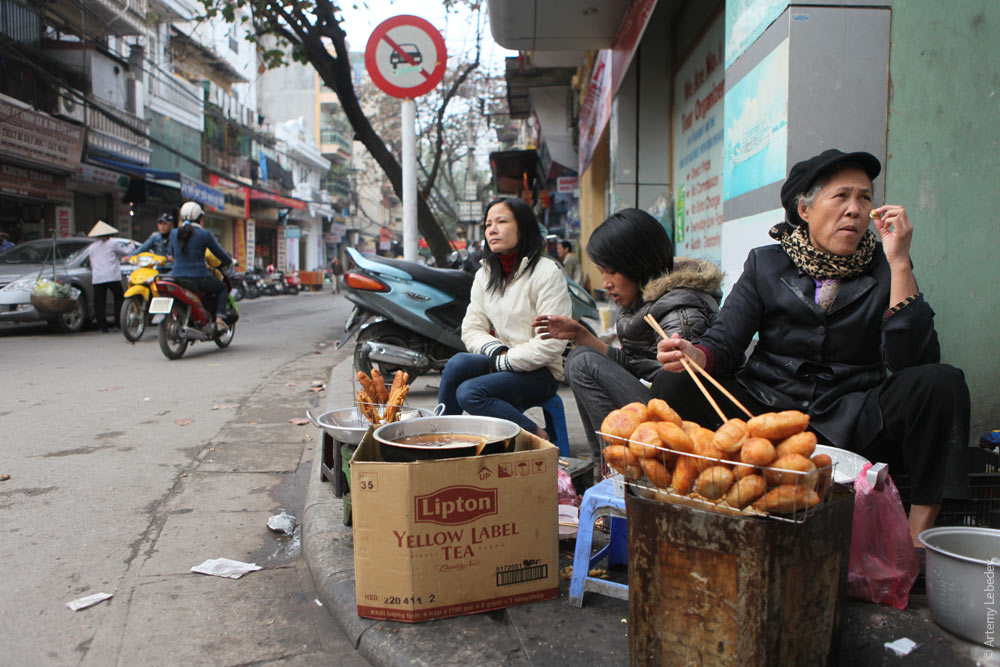 There are baguettes for sale as you exit the city. People consider bread in the country to be of inferior quality, so they’ll grab a loaf on their way out. 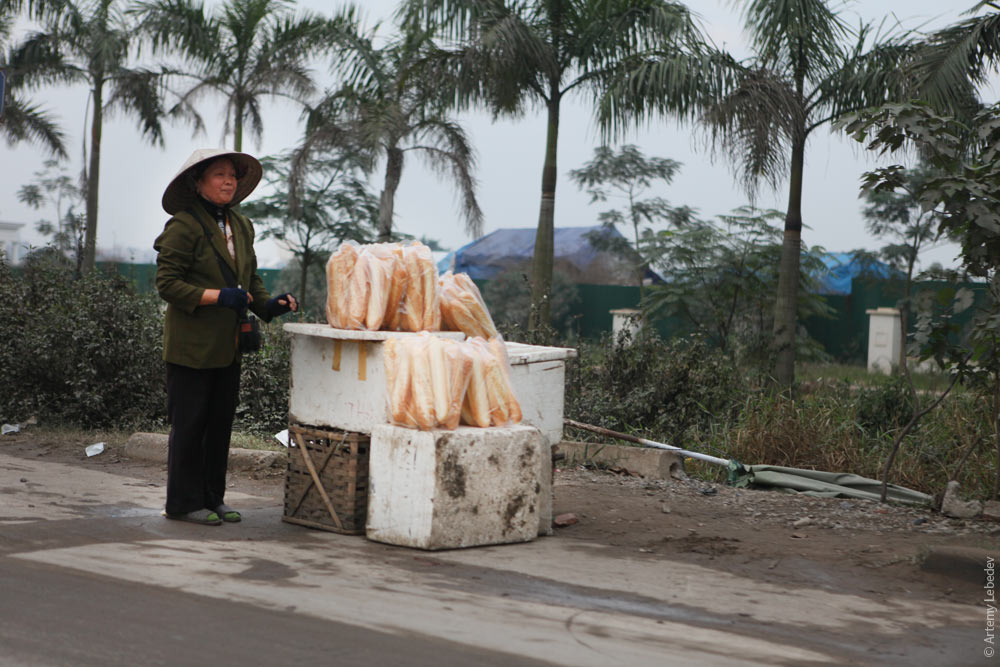 The floating market is particularly curious. Every seller has a sample of their wares hanging from a tall pole above their boat. Customers get to the market by whatever means they can. 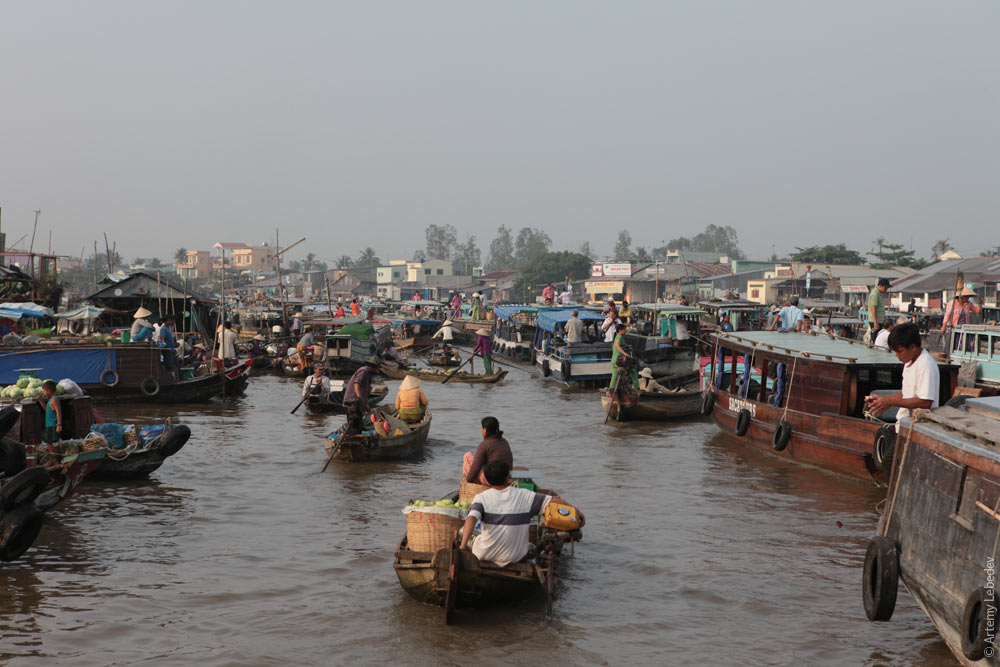 You often come across women carrying yokes. Sometimes there’s food in the baskets, but more often they’re used to carry garbage. 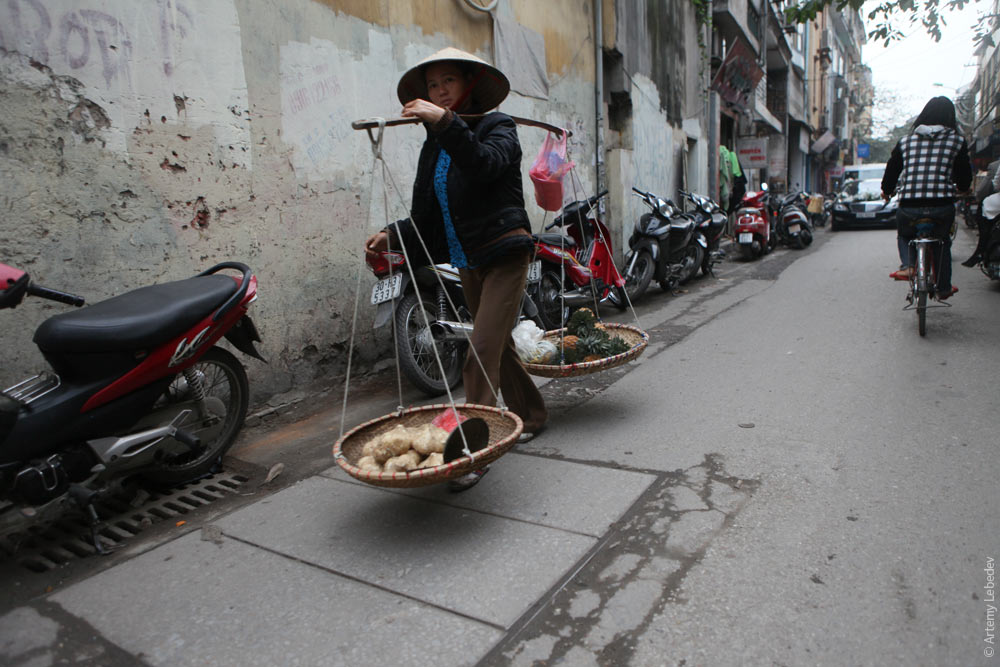 The national hat—nón—is worn by farmers and cyclists alike. On a moped, the hat would be blown away instantly. 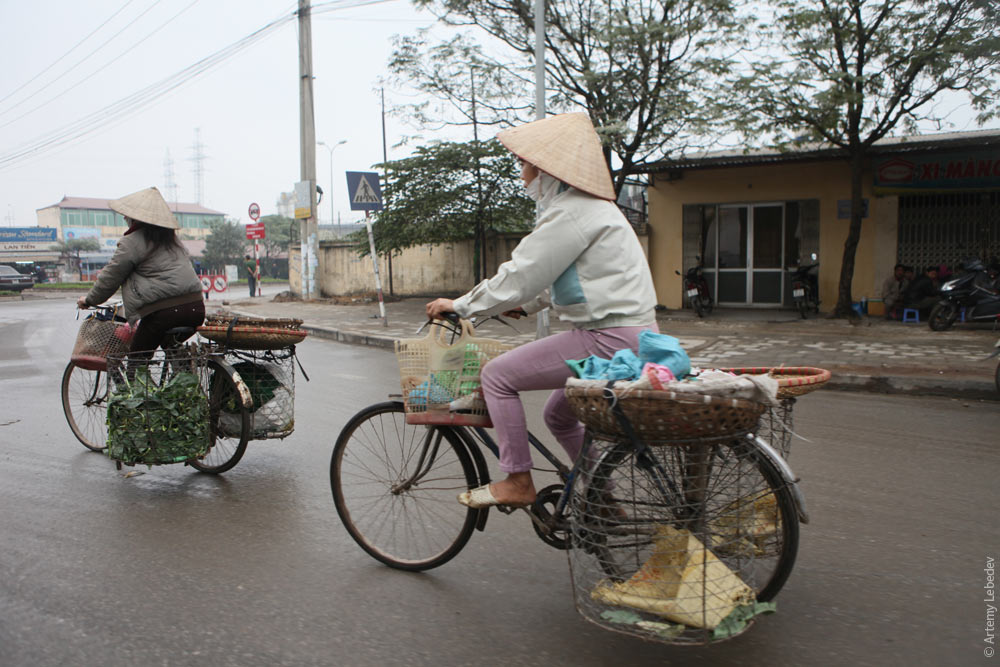 Moped tire shops always advertise their presence with tires wrapped in bright orange-gold foil. Sometimes just one of these foil-wrapped rings is placed on the side of the road to lure in customers. 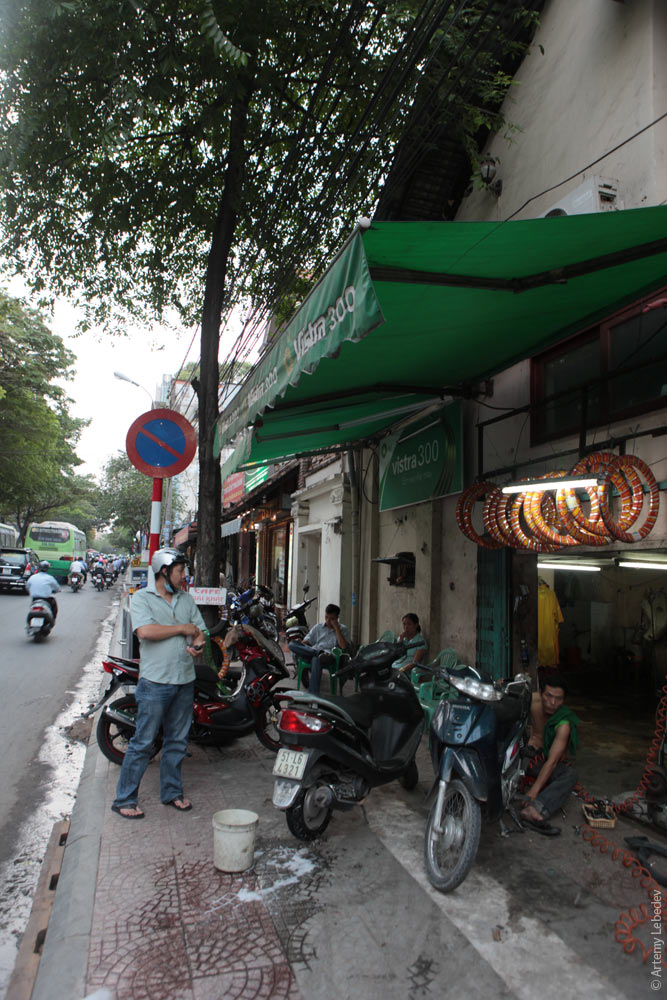 A Vietnamese pay phone. 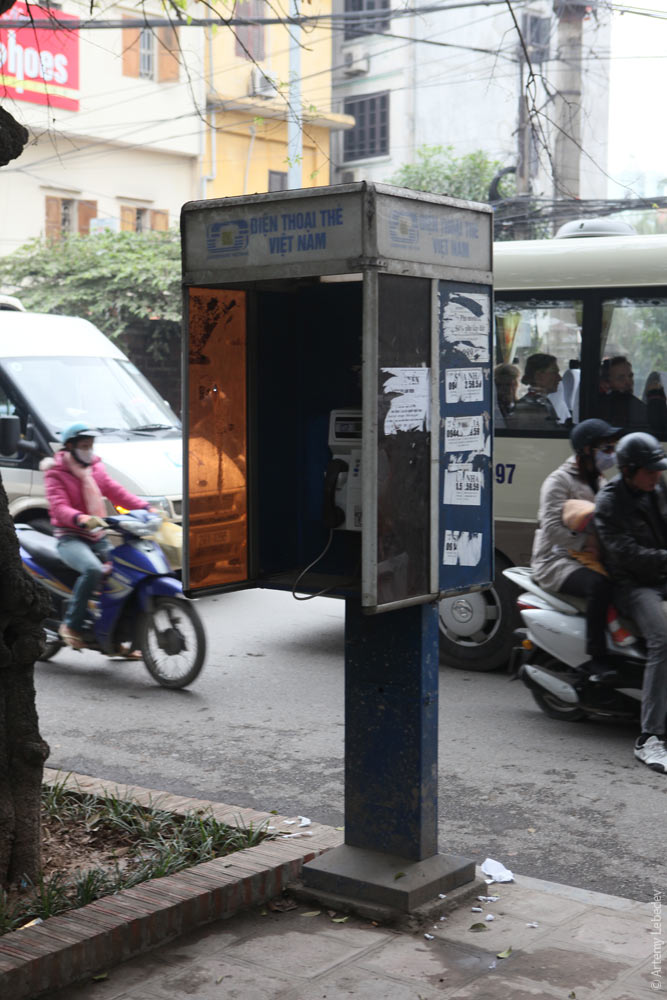 A swastika. Like in Mongolia, India or Japan. 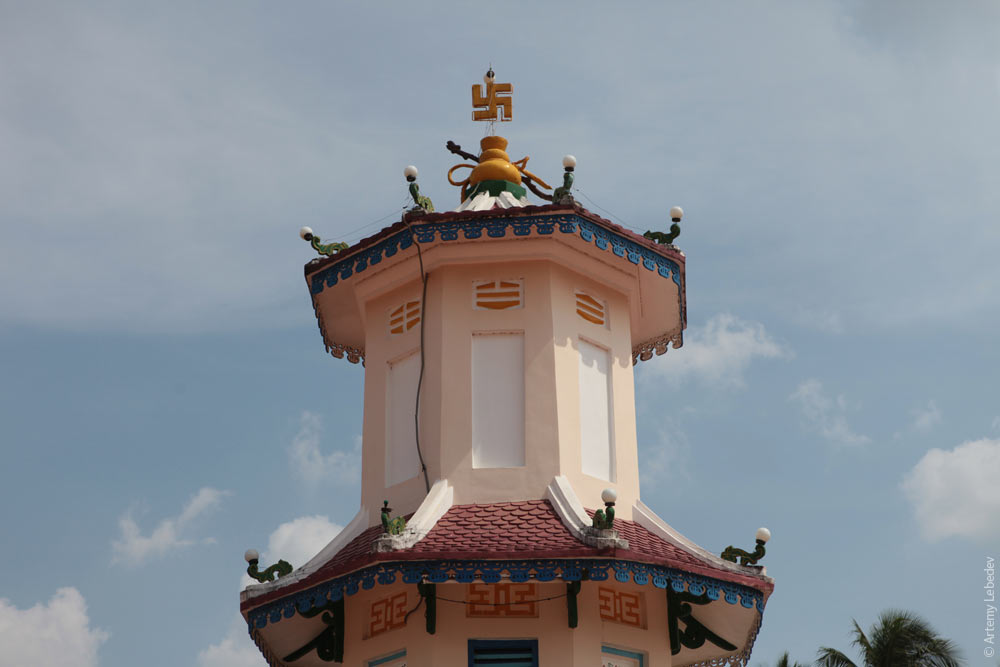 Schoolgirls always wear head-to-toe white on Mondays. On other days of the week it’s not required. 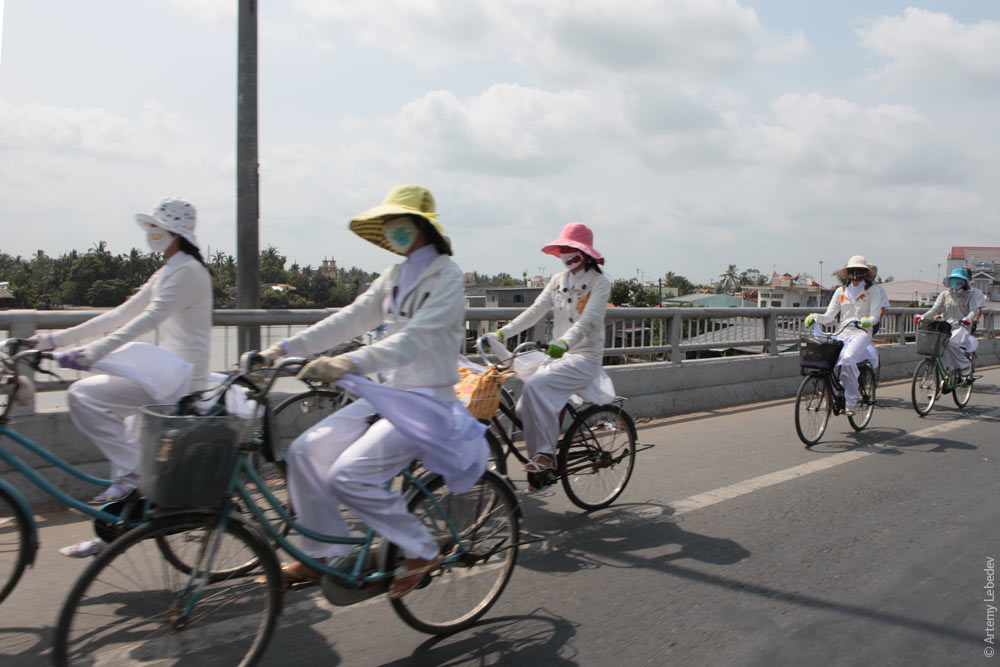 Beeline operates in Vietnam. The company’s advertising is absolutely everywhere, in every city, on every commercial street—either as actual ads or as signs. 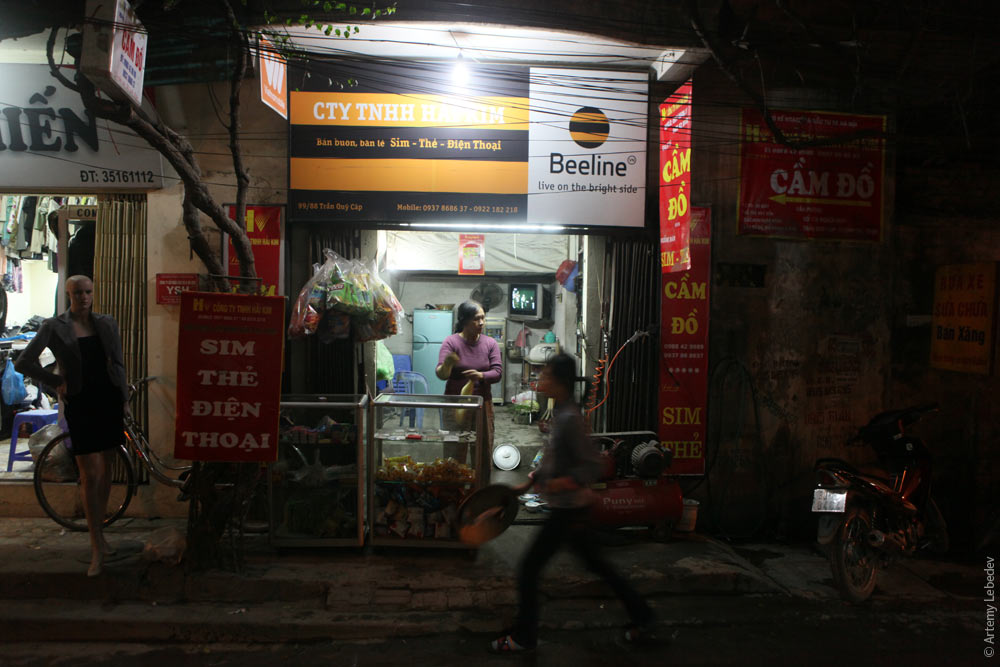 There’s a distinct method for brewing coffee here. A filter is placed on top of the cup and filled with coffee, which is then pressed down with a screen. Hot water is poured in through the top and the whole thing is covered with a lid, letting the water trickle down into the cup, which takes several minutes. The resulting drink is strong and delicious. All cafés here will bring you sugar syrup with your coffee. 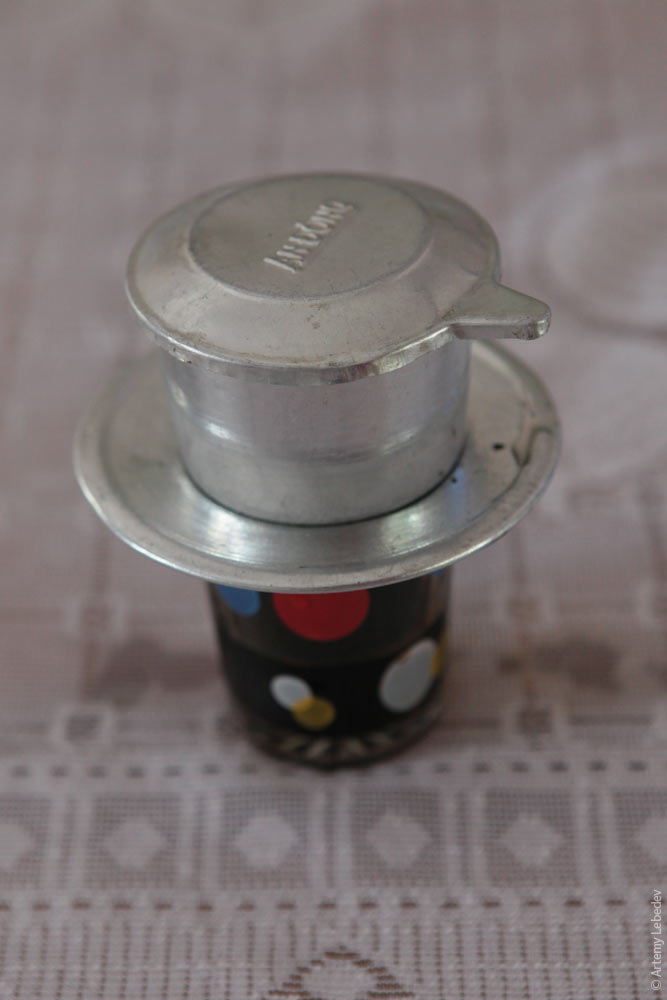 This method of brewing coffee is the most widely used one. All packaged coffee sold in stores usually includes a free filter.  Communism in Vietnam is noticeable only in pictures. 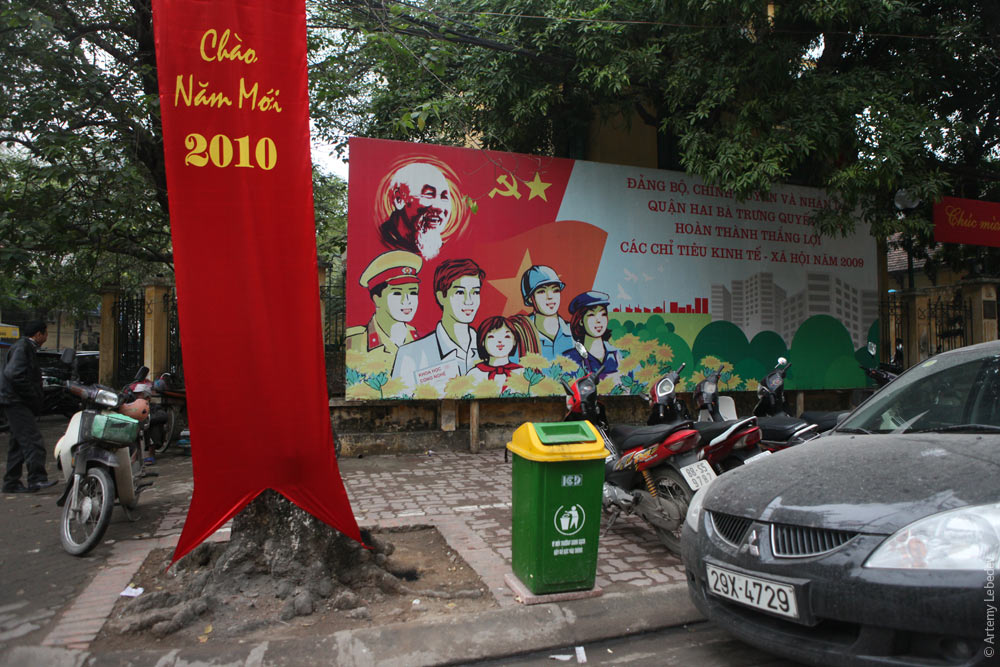 The dentist’s office is entirely open to the street, like a barbershop. Passersby can gather round to watch the dentist applying haemostatic solution to your third molar. 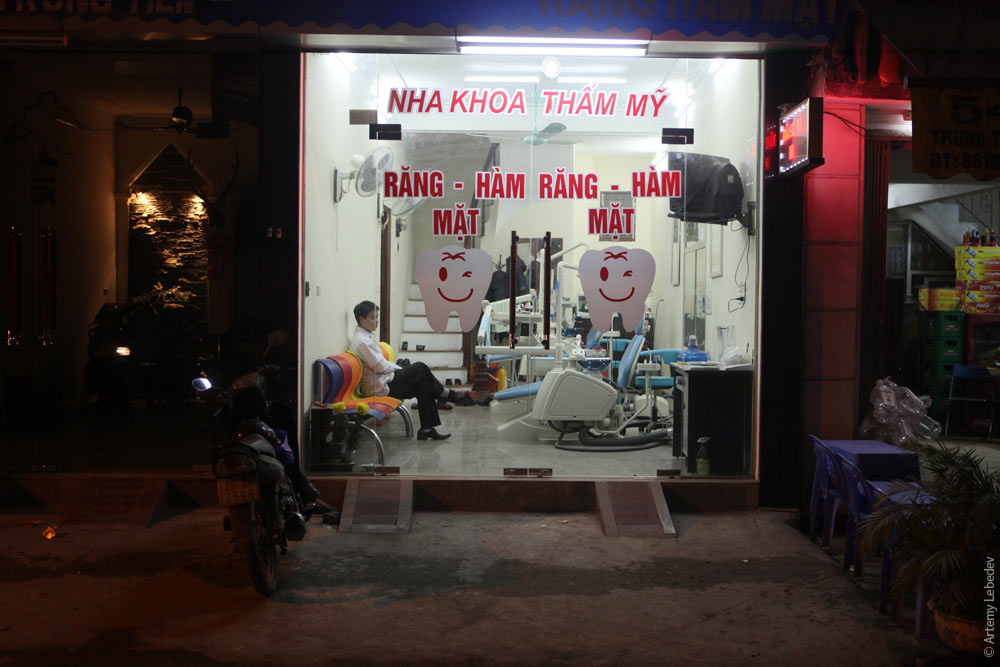 |